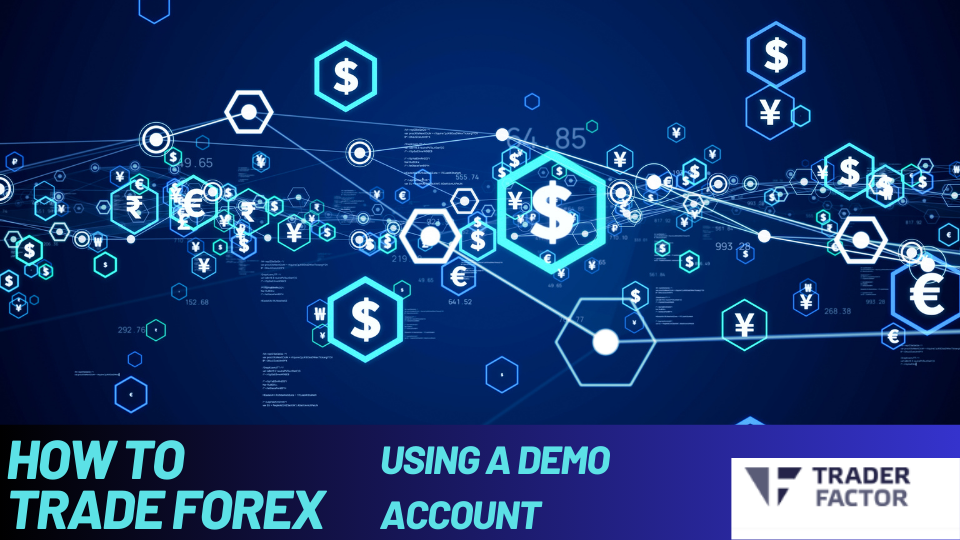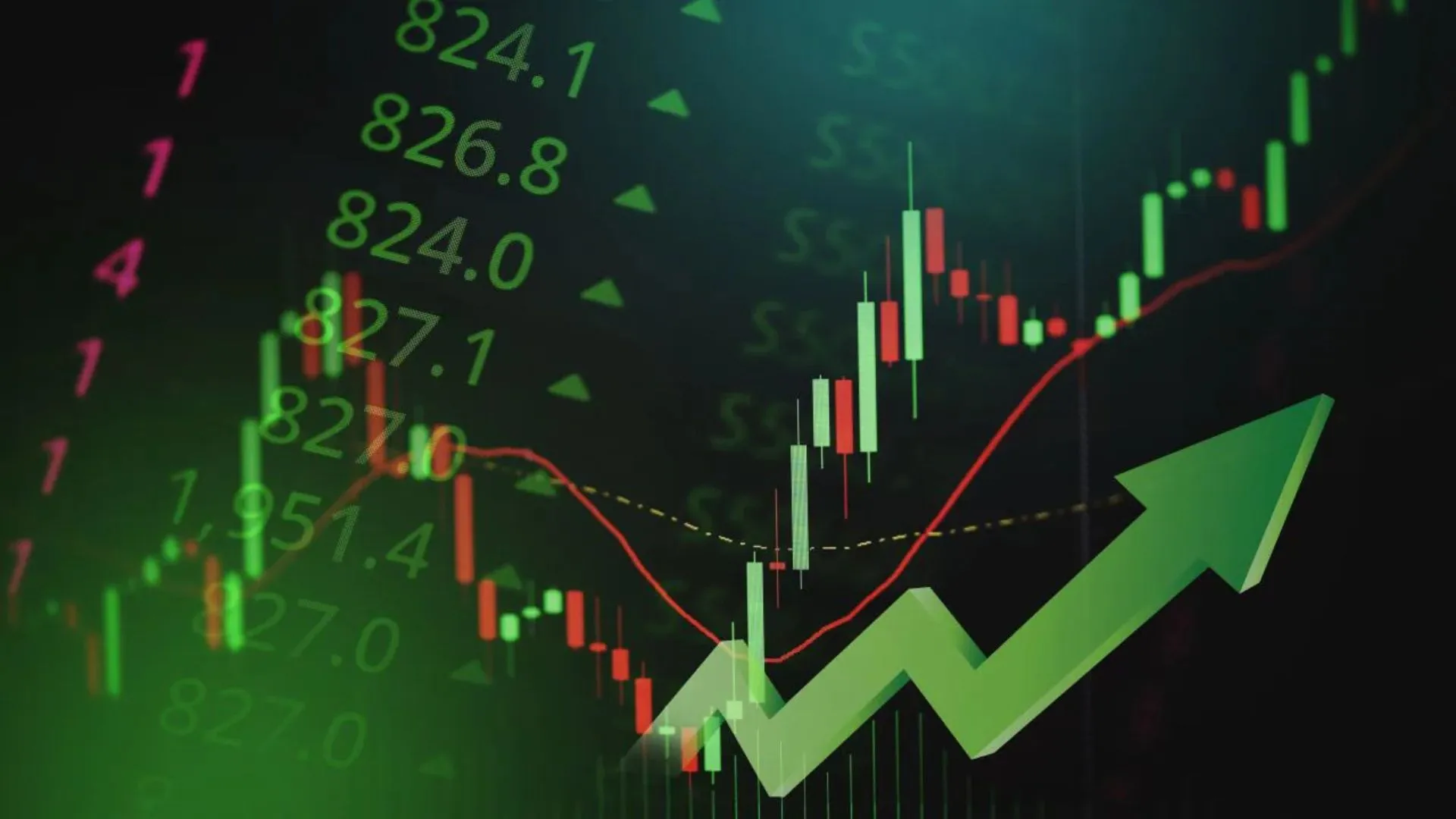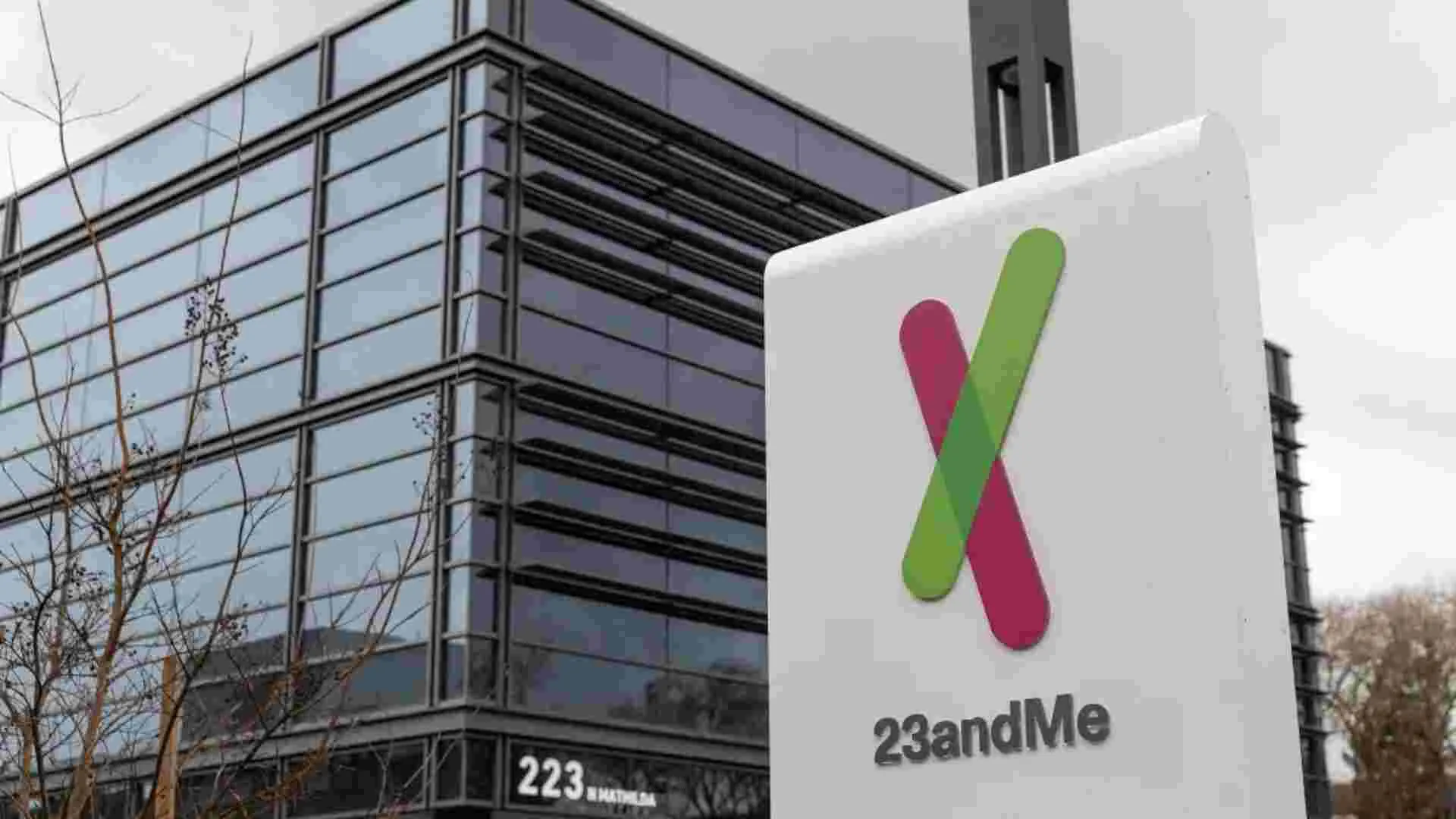Imagine being in an exotic foreign market where you buy a beautiful artifact using local currency. Later, due to favorable economic conditions, the value of the local currency decreases against your home currency. Now, if you were to sell that artifact back home, you’d make a profit purely based on the currency exchange rate. This, at its core, is what Forex trading is about – buying and selling currencies in the global marketplace with the objective to profit from the fluctuations in the value of one currency against another.
If you are new to Forex trading, diving straight into live trading can be akin to navigating a ship in turbulent waters without any prior experience. This is where a demo account comes in. A demo account is an essential tool for learning and practicing Forex trading. It allows you to trade in real market conditions, experiencing the ebb and flow of the currency market, all without risking real money.
Understanding Forex Trading Basics
Before diving into trading, it’s crucial to understand the basic terms used in Forex trading. These include ‘pips’, ‘lots’, and ‘leverage’. A pip is the smallest price move that a given exchange rate makes. Lots refer to the size of your trade, and leverage is the borrowed capital to increase the potential return of an investment.
Forex trading revolves around pairs of currencies, which are quoted in terms of one currency against another such as the EUR/USD and USD/JPY.
Setting Up a Demo Account
The first step towards practicing forex trading is setting up a demo account. You’ll need to choose a reliable Forex broker that offers demo accounts. Once you’ve chosen a broker, you can follow their instructions to create a demo account, which usually involves providing some basic personal information and selecting your preferred trading platform.
Navigating the Trading Platform
Once you have set up your demo account, familiarize yourself with the trading platform. This includes understanding the interface, which typically includes price charts, order forms, trade history, account balance, and other relevant information.
Different platforms offer various features and tools, including different types of charts such as candlestick, bar, and line charts. There are also technical indicators like Moving Averages, RSI, MACD, and fundamental analysis tools.
One such platform that offers these features is TradingView which is a cloud-based charting and social networking platform that provides both beginner and experienced traders with a comprehensive set of tools for charting and analysis. It allows users to display real-time data, create and share technical analysis strategies, and communicate with other traders. It’s known for its user-friendly interface and active community of traders.
Making Your First Demo Trade
Now that you’re familiar with the platform, it’s time to make your first demo trade. Start by choosing a currency pair to trade. Then, place a trade by setting the lot size, stop loss, and take profit levels.
A stop loss is a predetermined level at which the trade will be closed if the price moves against you, while a take profit level is where the trade will be closed if the price moves in your favor. Once you’ve placed your trade, monitor it closely to see how it performs.
Developing a Trading Strategy
Having a solid trading strategy is essential to successful forex trading. There are various strategies you can adopt, including scalping which involves making numerous trades for small profits. Day trading involves opening and closing trades within a day, and swing trading is holding trades for days to weeks.
Your demo account is the perfect place to test and tweak your strategy until you find what works best for you.
Managing Risks
Understanding and Managing Risks in Forex Trading
Forex trading, like any other form of investment, comes with its own set of risks. These risks can be magnified by the use of leverage, which allows traders to control large positions with a small amount of money. While this can lead to significant profits, it can also result in substantial losses if the market moves against the trader’s position. Therefore, understanding these risks and how to manage them effectively is an integral part of successful forex trading.
- One of the most common risk management techniques in forex trading is setting stop losses. A stop loss is a predetermined level at which the trade will be closed if the price moves against you. This means if you’re buying a currency pair, your stop loss will be set at a level below the current market price. Conversely, if you’re selling, the stop loss will be above the current market price.
- While leverage can be a double-edged sword in forex trading. On one hand, it can increase the potential for profit by allowing you to control a large position with a relatively small amount of money. On the other hand, it can also amplify potential losses if the market doesn’t move in your favor. You can avoid over-leveraging by carefully considering how much leverage to use in your trades.
- Diversification is another key risk management technique in forex trading. This involves spreading your investment across different currency pairs to reduce exposure to any single currency.
Transitioning to a Live Account
After gaining confidence and experience with your demo account, you may consider transitioning to a live account. This should be done when you feel comfortable with your trading strategy and risk management techniques.
Bear in mind that trading with real money can evoke different emotions than a demo account. It’s important to manage these emotions and stick to your trading plan.
Conclusion
A demo account is an invaluable tool for anyone new to forex trading. It allows you to learn the ropes, develop a strategy, and understand risk management, all without risking real money. Remember, successful forex trading requires continuous learning and practice, so don’t rush the process.
About the Author:
Phyllis Wangui is a Senior Market Analyst and News Editor at TraderFactor with qualifications in accounting and economics. She has over 20 years of banking and accounting experience, during which she has gained extensive knowledge of the forex, stock news, stock market, forex analysis, cryptos, and foreign exchange industries. Phyllis is an avid commentator on these topics and loves to share her insights with others through financial publications and social media platforms. Currently she works as a senior market analyst at TraderFactor










